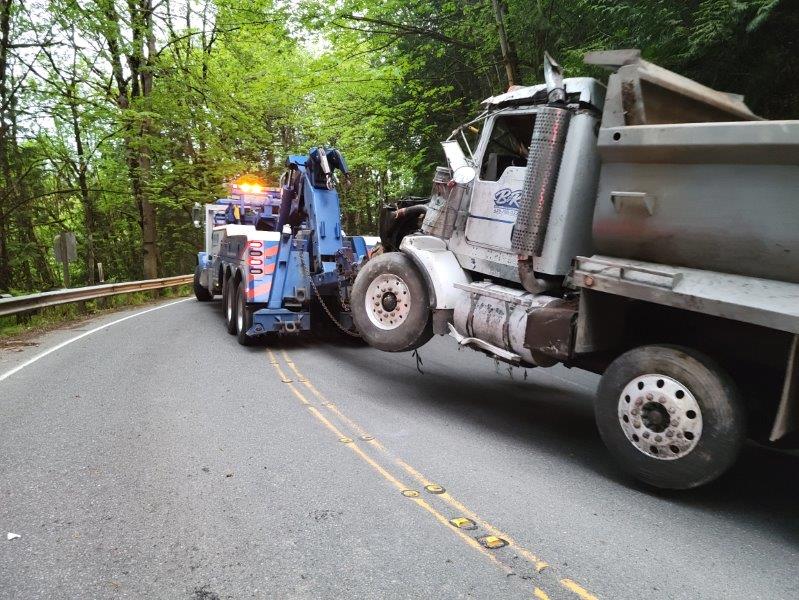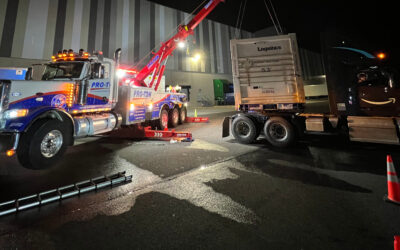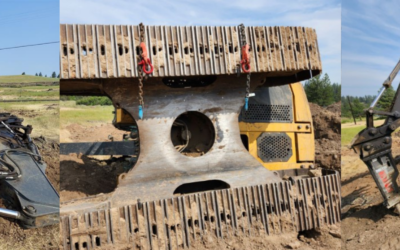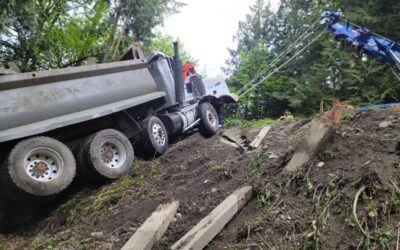When your commercial breaks down and you need support, calling a tow-truck is likely the first response. But it’s not just any tow truck that will show up to help with your emergency towing. There is a difference between a light-duty and heavy-duty tow truck. As the two perform different functions, it’s valuable to understand those differences.
What is Light-Duty Towing?
This type of towing typically handles vehicles that weigh less than 10,000 pounds. Vehicles include sedans, pickup trucks, and motorcycles, for example. When helping with light-duty towing, the vehicle is loaded onto a flatbed truck and secured before being towed. Light-duty tows are also often used for short distances and small vehicles. The trucks themselves are also smaller than their heavy-duty counterparts, making them much more maneuverable in tight spaces or sharp turns. It’ll also cost less when the incident requires a light-duty truck.
What is Heavy-Duty Towing?
As its name suggests, a heavy-duty tow truck is there for heavy vehicles. It also requires special equipment and training to drive, so not every tow truck driver can drive a heavy-duty truck. Typical vehicles that need this type of service include semi-trucks, buses, and construction equipment. Unlike a light tow truck, these tow trucks can carry more than 26,000 pounds of weight.
However, that extra load capacity means they can’t navigate tight spaces or make sharp turns easily. Because of the training needed for heavy-duty emergency towing, the cost also tends to be higher. A heavy-duty tow truck is the best choice if you need towing over long distances, such as from one state to another.
Which One is Right?
Choosing between the two towing options comes down to a matter of weight, distance, and the type of vehicle. If you aren’t sure about the best option, don’t worry. Our trusty Team-Pro has a team of experienced and reliable professionals who can help. We have trained personnel to handle both light and heavy-duty towing and can help with any breakdown or accident.




